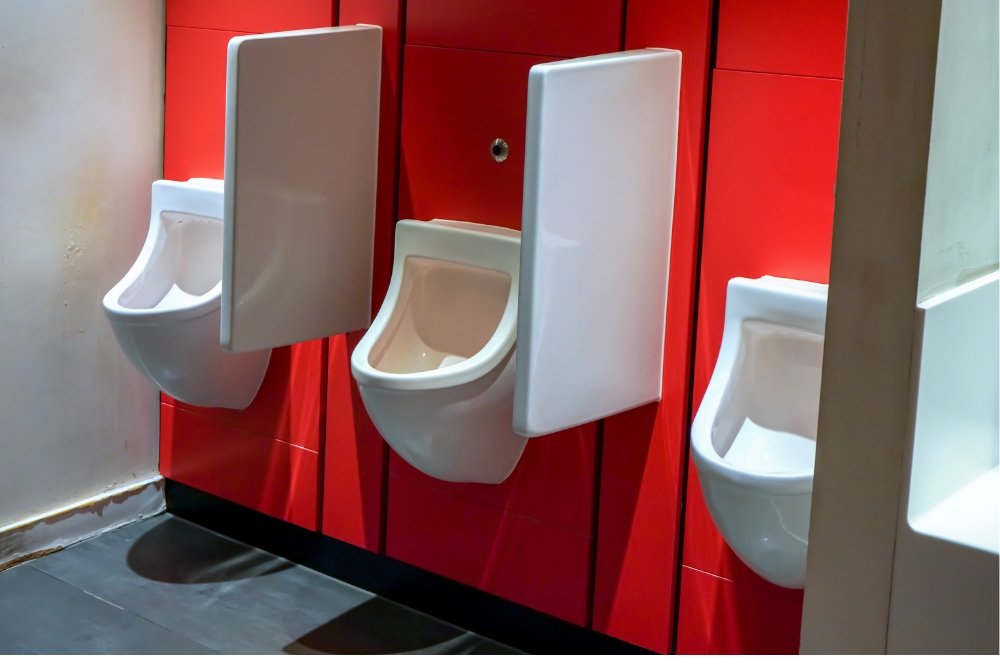Facilities managers looking for high-impact sustainability upgrades are turning to an often-overlooked fixture: the urinal.
The shift toward waterless urinals, specifically, appears to be gaining momentum across commercial real estate, education, and healthcare sectors. This is because managers are under increased pressure to reduce water usage, trim utility expenses, and meet growing environmental compliance standards.

According to the U.S. Environmental Protection Agency, each conventional urinal replaced with a waterless unit can save approximately 26,000 gallons of water annually. In a facility with 50 urinals, that’s 1.3 million gallons saved per year—enough to fill two Olympic-sized swimming pools.
“These aren’t minor efficiency tweaks,” said Klaus Reichardt, CEO and founder of Waterless Co. Inc. “They represent transformational change that lowers operating costs, enhances indoor hygiene, and improves a facility’s sustainability profile.”
Operational and Environmental Advantages
According to Reichardt, waterless urinals can deliver tangible benefits beyond water savings:
- Traditional urinals rely on energy to pump water to and from a facility and treat it. By eliminating flushing entirely, facilities reduce their energy footprint and decrease the volume of wastewater entering treatment systems, lowering chemical and energy demands.
- Custodial teams also report benefits. Waterless urinals can typically be cleaned with only all-purpose cleaners, whereas flush units may require harsh chemicals to combat scale, staining, and bacterial growth.
- With no standing water, dry surfaces inhibit odor and biofilm buildup, streamlining custodial workflows.
Green Building Credentials
Waterless urinal technology can align directly with the goals of LEED, WELL, and other green building certifications, contributing points under LEED v5 Indoor Water Use Reduction credit and WELL’s Water Concept for Health and Sustainability.
“These certifications increasingly influence tenant decisions, investor interest, even insurance assessments,” said Reichardt. “Installing waterless urinals can be a low-barrier way to support certification goals without a major capital investment.”
Reichardt noted that with shifting climate conditions and increasingly stringent building performance standards, the demand for scalable water-saving technologies is on the rise.
“We’re at the point today where every gallon saved is a gain for the environment and our planet.”
ALSO READ: Back to Basics: 7 Signs Your Facility Has a Water Leak Problem
